By Latif Bolat
The most recent and perplexing idea from the “unpredictable” President Trump has been his statements regarding Greenland, the Panama Canal, and Canada. This is interpreted as a renewed version of imperialist expansion of the US. They came at a time when the American empire is perceived to be in decline.
Of course, Donald Trump is characteristically and socially distinct from his predecessors in the Oval Office. One key difference is that he did not pass through the traditional path of the US bureaucracy, such as serving as a congressman, senator, or in another state role before becoming president. This divergence from established norms explains his “unnormal” attitudes which often challenge US’s state traditions.
Merchant US
Additionally, Trump’s background as a billionaire businessman is also important. His roots in the commercial capitalist class shape his methods and approach to governance. His economic and political statements consistently exhibit a mindset of a merchant, also in international relations.
Of course, it is unrealistic to suggest that the governance of a 350-million-strong nation with the world’s largest and most influential economy can rest solely on one individual’s personality and management style. From the outset, Trump has been supported by certain factions within the US’s capitalist system. Trump’s rising also reflects the traces of class conflict within the US’ capitalist classes, parallel to declining American economy. This is seen very clearly in the support of figures like Elon Musk.
Trump’s elector doesn’t mean that the realignment among capitalists are concluded or became clear-cut. This is an ongoing process that will likely intensify in the coming period. One notable step in this direction can be seen in Liz Cheney, one of the most prominent neo-conservative Republicans, joining the ranks of the Democratic Party. Cheney will be followed by others.
Now let’s turn to Trump’s seemingly odd yet internally logical remarks about Greenland, the Panama Canal and Canada:
Presidency of bargaining style
First, as a merchant who understands the value of negotiation and the tactics for strengthening one’s bargaining position, Trump made these peculiar proposals with a calculated strategy. He knows that presenting such ideas allows him to sit at the negotiating table with a stronger hand in his dealings with the world during his presidency. Trump believes that projecting an image of a more active and influential US, even just rhetorically, will grant the US greater leverage in negotiations. He is well aware that borders and institutions defined by international agreements and recorded in the United Nations cannot simply be altered through aggressive claims. Trump wants to say to Europe and the world: “I’m still here, active and not retreating”. For example, it is impossible for Canada to become the 51st American state, but these statements could pressure Canada to accept higher import tariffs on its goods.
Second, Trump’s rhetoric aligns with the principles of the Monroe Doctrine articulated by President Monroe in 1823, which emphasized that the entire American continent is exclusively under the influence of the US. This is meant to be deterrent against Europe, China and Russia. The territories Trump mentioned – Greenland, Panama, and Canada – are all part of the greater American continent.
The third significant point is the US’s attempt to restore its weakened position as an imperialist power in the face of China and Russia, considering the increasing influence of Russia and China in Greenland and Panama with valuable resources and the role in opening the Arctic to trade.
Blocking the northern Silk Road
From the US’s perspective, Greenland holds immeasurable geopolitical value due to its position at the gateway to the Arctic Ocean. The region not only boasts vast untapped reserves of oil and gas but also offers new shipping routes as the ice melts, potentially reshaping global trade dynamics. Foremost among these is the Northern Sea Route, which runs along Russia’s coast and through the Bering Strait. This route could bypass traditional paths through the Panama and Suez Canals and reduce transit times between Asia and Europe by up to 40%.
Meanwhile, China has also established a significant presence in the region. Declaring itself a “near-Arctic state” in 2018, China has invested through its Polar Silk Road initiative and wants to integrate Arctic shipping routes into the broader Belt and Road.
A sign of decline?
In short, Trump’s empty rhetoric about military intervention should not distract us from the reality that the Arctic is becoming a potential flashpoint between the US and the China-Russia axis. This rhetoric is useful in hinting at the possible direction of Trump’s foreign policy. Trump’s claims on the Panama Canal, Canada and the Greenland suggests an attempt to grapple with America’s declining global power and unsustainable imperialist overreach. All of this points to a recalibration of US priorities toward a more manageable “continental” strategy, a new Monroe Doctrine aimed at reestablishing full hegemony over the Americas and the North Atlantic as “natural sphere of influence”.


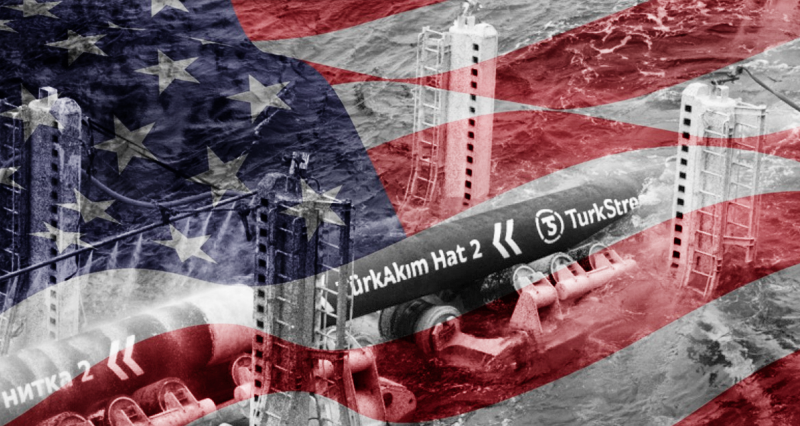

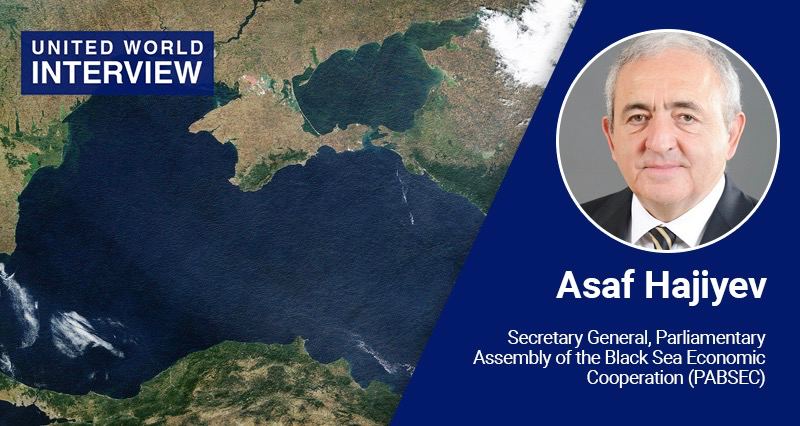
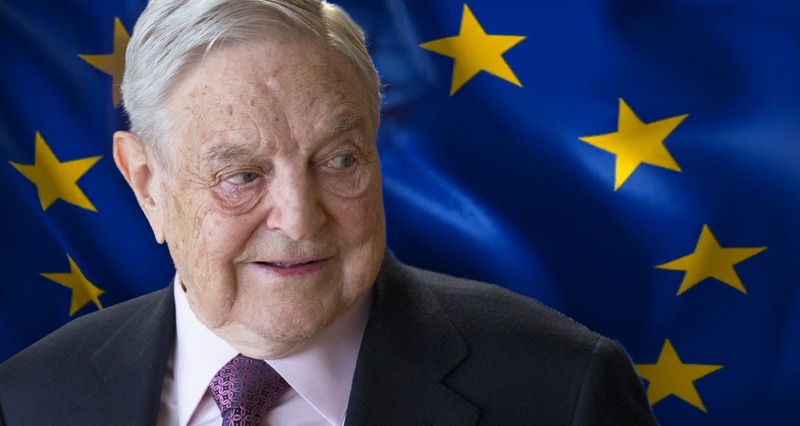

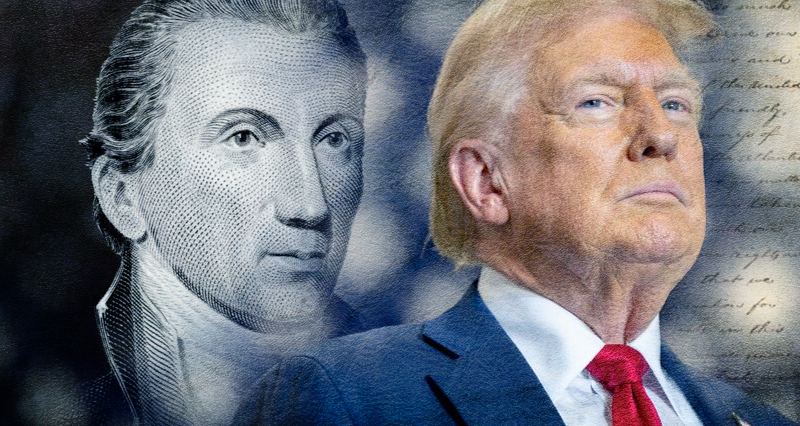

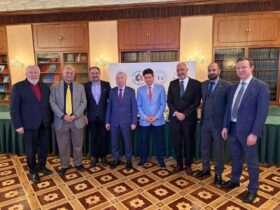
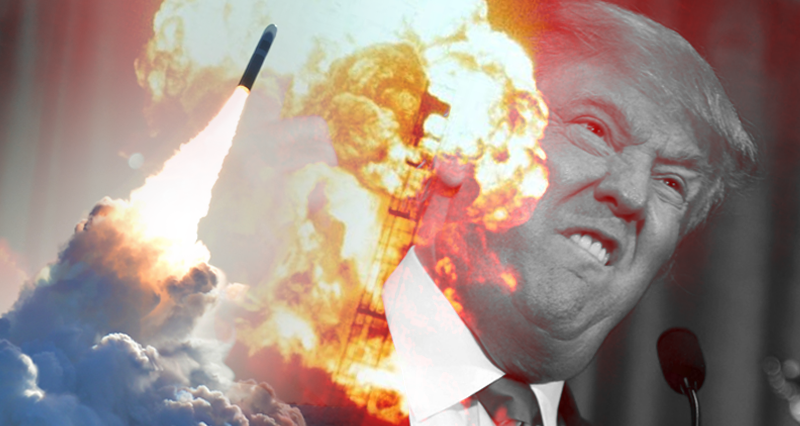
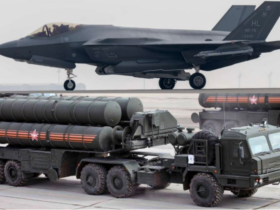

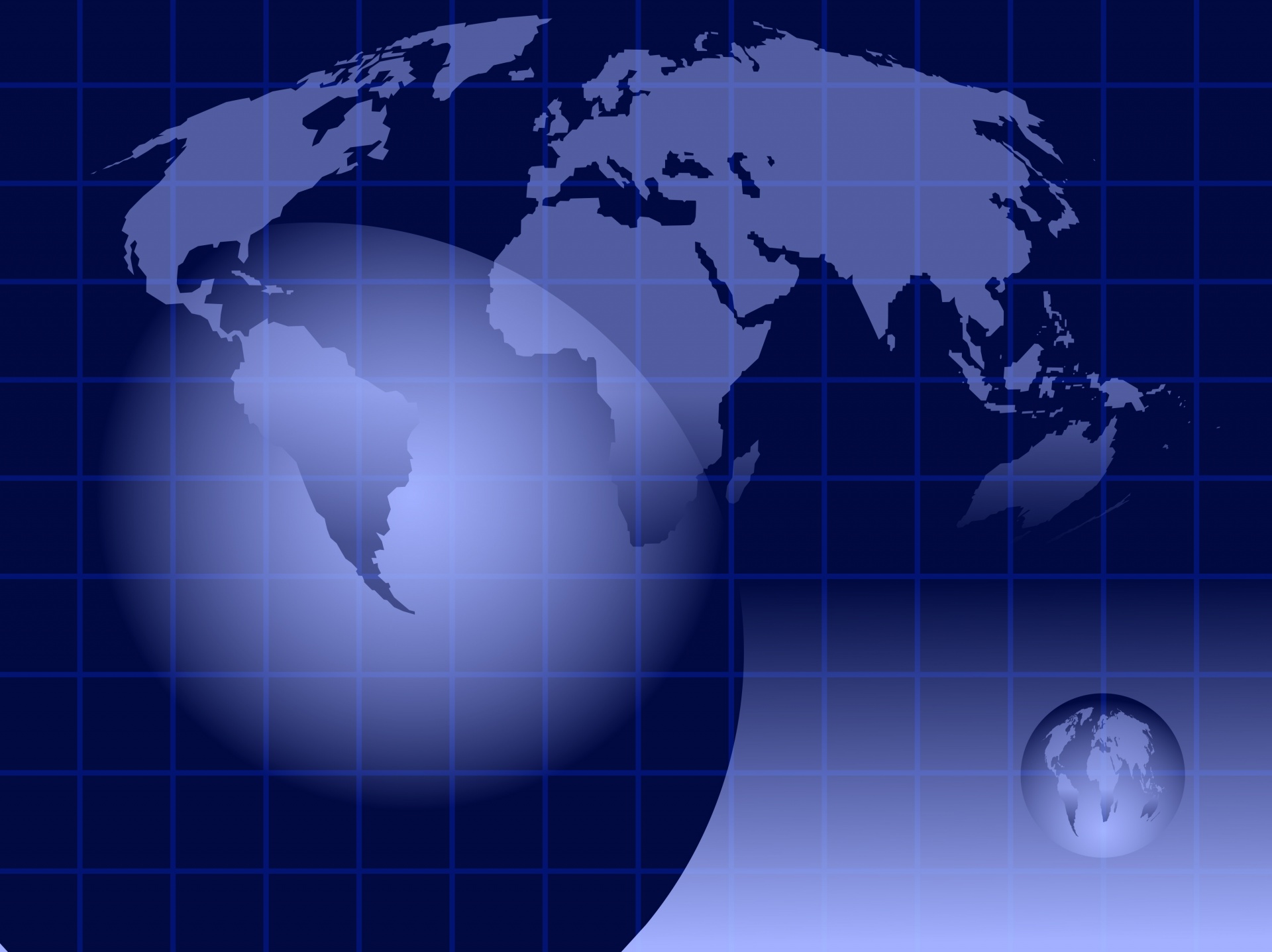
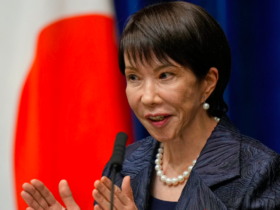
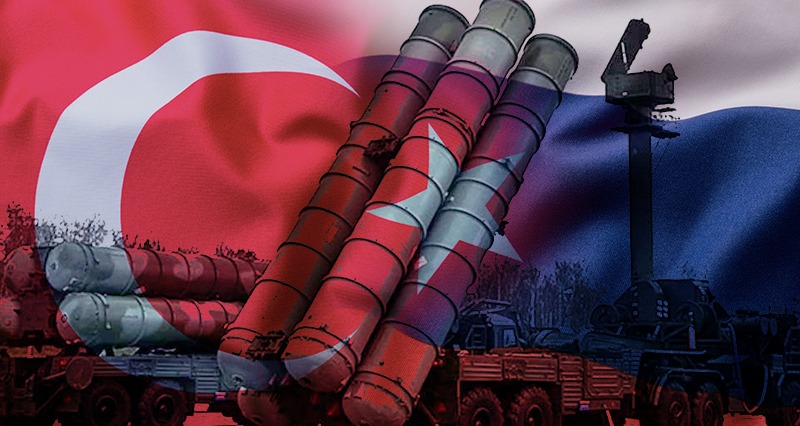
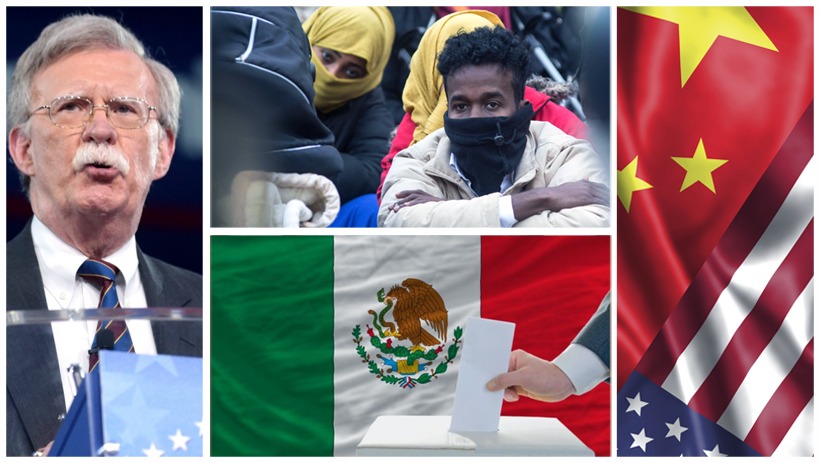
Leave a Reply